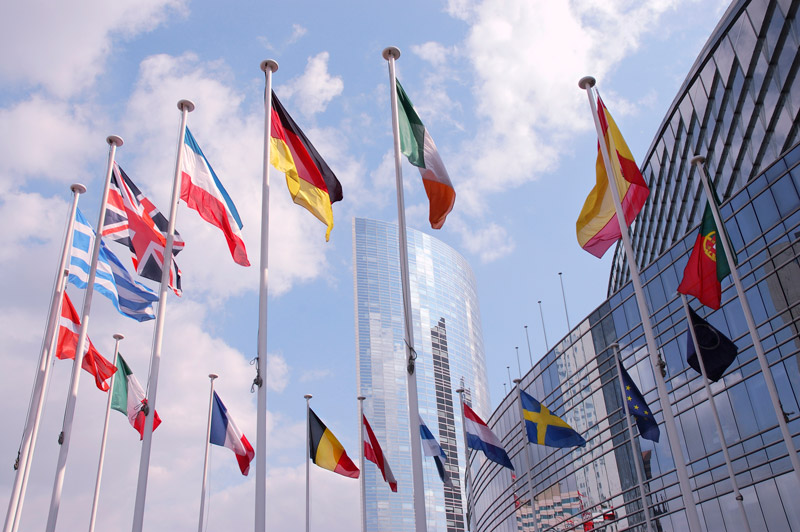The EU Ecodesign Directive on requirements for air handling units will come into force in 2018, along with more stringent requirements for energy efficiency. In this article, we compare with Ecodesign 2016 and examine the effects the updated regulations have on the ventilation industry.
What is Ecodesign?
The EU Ecodesign Directive aims to reduce the world's energy consumption and production of greenhouse gas emissions. As a consequence of the EU directive, regulations have been established for various product groups, including air conditioning products. According to the directive, air conditioning/ventilation units must demonstrate a certain level of energy efficiency, which will contribute to having a lower environmental impact.
In the ventilation industry, it is common to measure energy efficiency by means of heat recovery efficiency and specific fan power (SFP) Greater heat recovery efficiency and a lower SFP are both needed to meet the requirements for Ecodesign 2018. What are the new figures?
Heat recovery efficiency
For heat recovery efficiency, we measure how much heat we are able to recover from the extract air using a heat recovery unit. The Ecodesign requirements for all types of recovery units have increased, and are as follows:
| Dry temperature efficiency for heat recovery units |
Ecodesign 2016 |
Ecodesign 2018 |
|---|---|---|
| Rotary heat exchangers, counter-flow heat exchangers and plate heat exchangers | 67% | 73% |
| Run-around coil | 63% | 68% |
With today’s technology we recommended specifying a heat recovery efficiency of at least 80% for rotary heat exchangers. This efficiency can be achieved in most projects.
SFP
SFP (Specific Fan Power) is used to measure the electrical input required to achieve the specified air volume. The lower the SFP, the greater the fan’s energy efficiency.
SFP requirements in Ecodesign 2018 vary depending on which type of heat exchanger is used. For units with a rotary heat exchanger, counter-flow heat exchanger, or plate heat exchanger, an internal SFP value of 0.8 is required. This corresponds to an SFPv value of approximately 1.9 with a duct pressure of 200 Pa. Requirements for internal SFP values have also increased by approx. 10% (from 0.9 in 2016). For units with run-around coils, an internal SFP value of 1.3 is now required (compared to 1.4 previously).
| Ecodesign 2016 |
Ecodesign 2018 |
|
|---|---|---|
| Internal SFP | 0,9 | 0,8 |
| Corresponding SFPv value (duct pressure 200 Pa) |
2,1 | 1,9 |
We recommend specifying an SFPv value of 1.5. This is possible to achieve in most projects by means of lower duct pressure.
What should you consider prior to 2018?
Due to the new requirements in Ecodesign 2018, it is more important than ever to have lower energy consumption in air conditioning/ventilation units. Heat recovery efficiency must be higher, which requires more efficient heat recovery units. SFP values must be lower, which demands more efficient fans. Some advice on how to meet the requirements:
- You may need to select larger units than those used previously (allowing for greater heat recovery with more efficient fans)
- Larger units require larger plant space
- Duct systems must be designed for low duct pressure (providing a lower SFPv value)
It is important to consider these points now for ongoing and future projects. Ensure that all units adhere to the new regulations.
NOTE: All units delivered from 1 January 2018 onwards must comply with Ecodesign 2018.
We have now increased our range of Ecodesign 2018-approved air conditioning/ventilation units. New options for heat recovery units and fans mean we can supply units with the highest energy efficiency.
Would you like to learn more about how your projects will be impacted by Ecodesign 2018?

